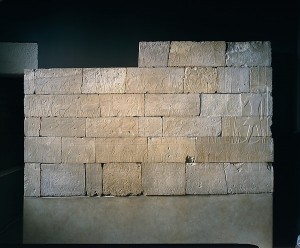
China in Revolution: The Road to 1911
Liu, Heung Shing. China In Revolution : The Road To 1911. Hong Kong: Hong Kong University Press: in collaboration with Journalism and Media Studies Centre, The University of Hong Kong, 2011. Print.
I found this book by using the search terms “opium wars” and “China”. I was interested in learning more about the Opium Wars, specifically from the viewpoint of the Chinese. In class we had talked about the wars and their impact on both China and Britain, but I wanted to read more about its effects on the Chinese people and government. While looking through the shelves with books about the Opium Wars, I found a very large book titled China in Revolution: The Road to 1911. Some interesting titles next to this book were The Boxer Rebellion, Modern China, and The Inner Opium War. This book initially caught my eye because of its size, then when flipping through the pages the photos and maps seemed interesting. I also found a detailed timeline in the back of the book that used both images and short blurbs to take you through China’s history from 1860 to 1928. When looking at the table of contents and images, the books appeared to be about the Chinese revolution and its greater meaning to and impacts on China. The table of context includes things like; From Manchu rule to a century of revolution, The second opium war, and The boxer rebellion. The first half of book takes you through a historical timeline through text, and then the second half portrays the same timeline using pictures. The focus of this book is on the 1911 revolution and how it ended a millennia of imperial rule. In 1911, the weakening Qing dynasty was over thrown and a democratic republic was established for the first time. After the revolution, China experienced a series of revolutions and governmental changes that shaped their future. The pictures in the book gave you more insight on how times were for the people in China. Portrayed through the photos was violence (beheading), conditions, culture, customs, shifts in power overtime, and more. The book’s main argument is how the revolution shaped China and its government, and the many responses that came from the event. It tells the reader a lot about the changes China went through during the overhaul of its traditional government, and major events that occurred during that time.


